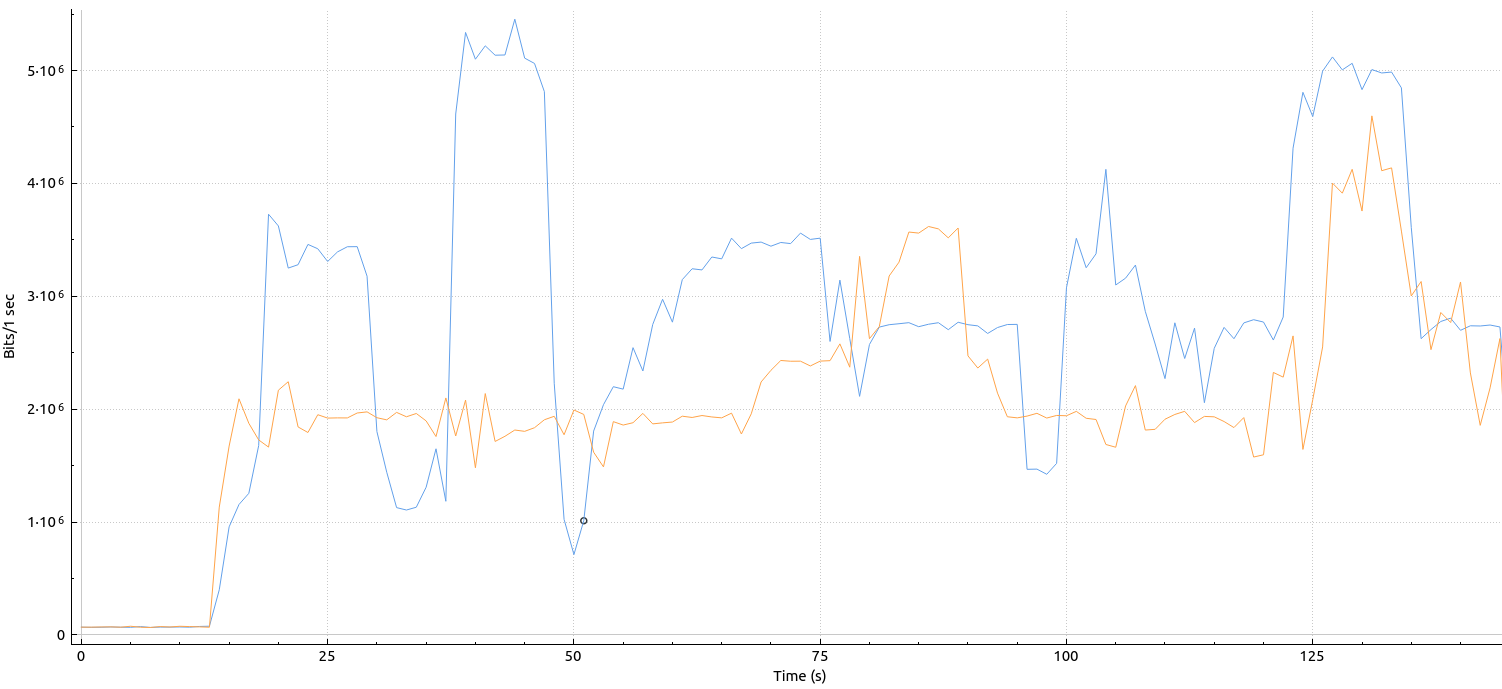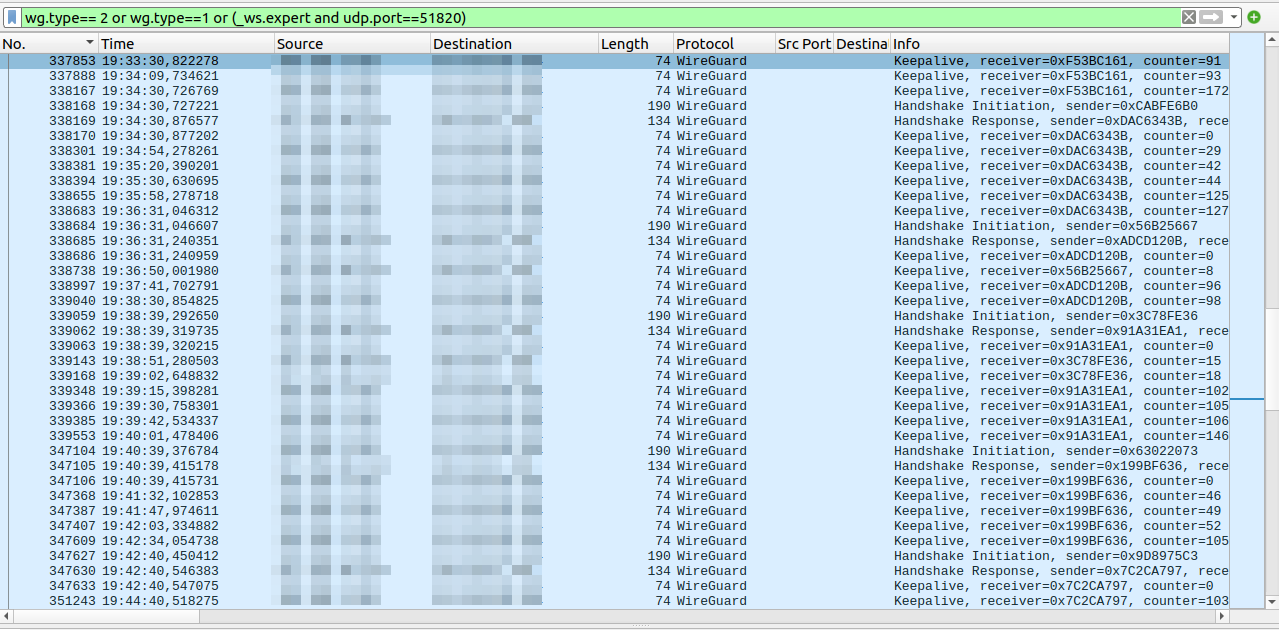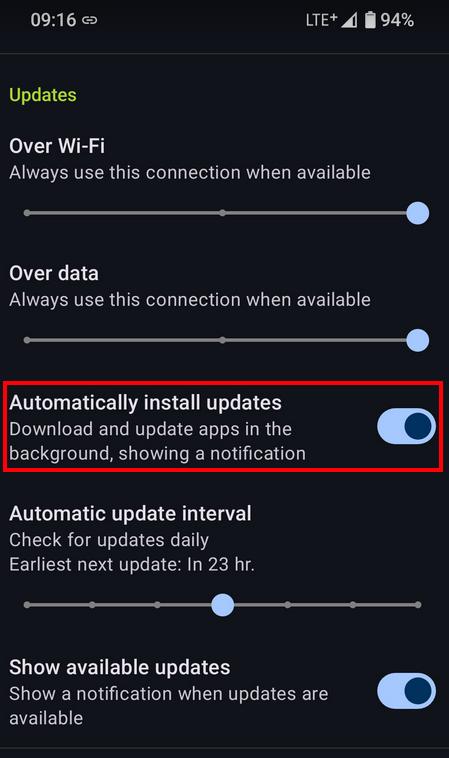
In the previous post, I’ve had a look at UnifiedPush (UP) and how it works in theory to deliver push notifications from servers to apps on mobile devices. UnifiedPush has been designed to be de-centralized, and if one does not want to self-host a UP server, there are a number of different transport options and UP server providers available for use. I use two apps on my Android device with UnifiedPush, Tusky, a Mastodon feed reader and Molly-FOSS, a de-googled Signal messenger fork. While I was tempted to go straight for a description of how Molly-FOSS uses UP, I’ve decided to defer that into a separate post and rather go for a description of how Tusky uses UP, as the setup for this use case is simpler. Let’s go from simple to more complicated!
Continue reading UnifiedPush – Part 2 – An Easy Practical Example




